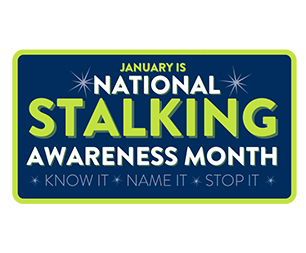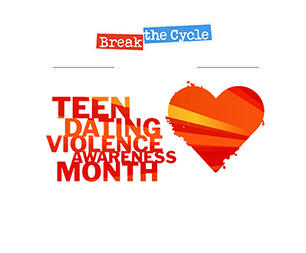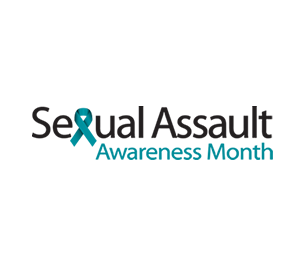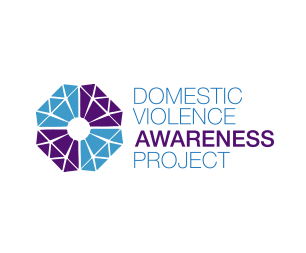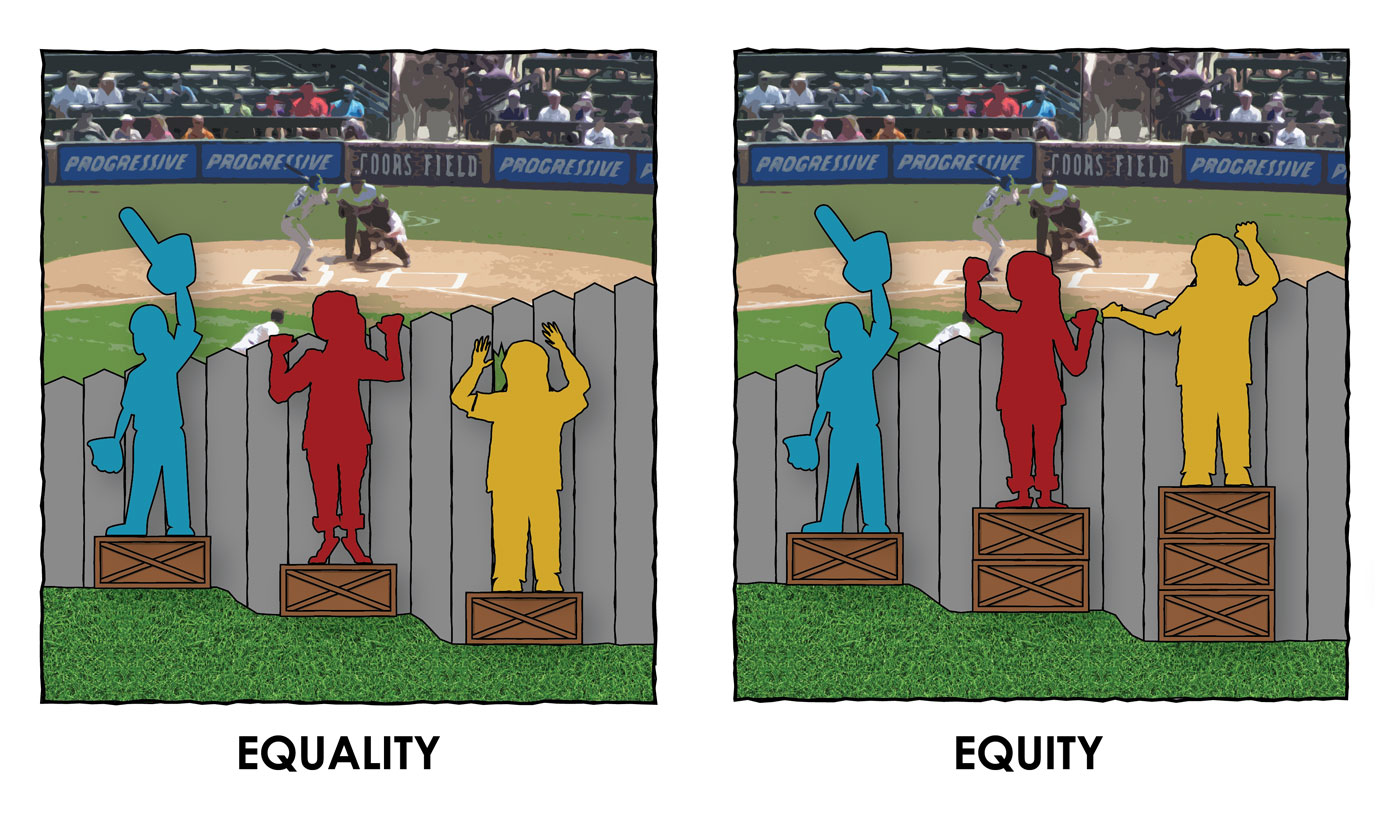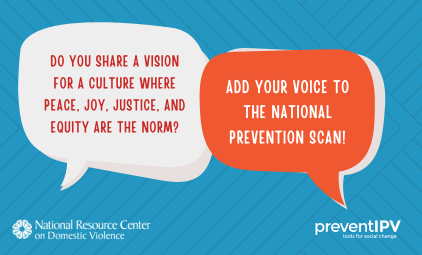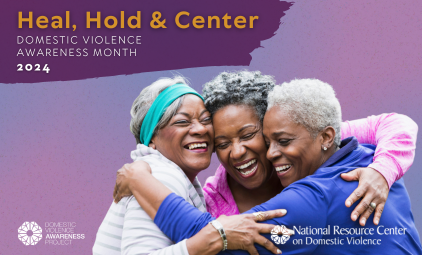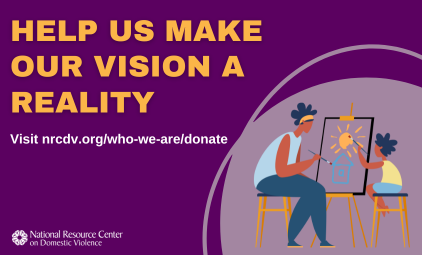By Lisa Fujie Parks, with Morgan Croce and Alisha Somji for the Prevention Institute
When I first started working on prevention at the California Partnership to End Domestic Violence in 2009, I was overwhelmed. I thought about the millions of people in California affected by dating abuse and intimate partner violence (IPV) and how to prevent such a massive problem! Working at a state coalition, I knew that partnerships would be key. When I returned to work at Prevention Institute in 2014, I continued to build on my commitment to partnerships. And with generous support from Blue Shield of California Foundation, we developed a report – A Health Equity and Multisector Approach to Preventing Domestic Violence: Toward Community Environments that Support Safe Relationships. This paper builds on the importance of partnerships for prevention, identifying 13 sectors that shape where we live, work, play and connect, and receive care.
In the current climate of pervasive IPV, threats to safety nets, and escalating divisiveness, many domestic violence advocates are wondering: How can my agency invest in building equitable community environments that support safe relationships? Here are our recommendations, in four simple steps.
Step 1: Start with a commitment to equity*.
While IPV occurs in all communities, the issue disproportionately affects young women, women with low household incomes, women of color, and LGBTQ+ individuals, among others. The unfair distribution of power, opportunity, and resources through racism, sexism, disenfranchisement, and other forms of oppression – known as structural drivers of inequity – create poor living conditions which contribute to disparity in rates of IPV. So we need to be committed to challenging these structural drivers to create equitable access to the community conditions that promote safe relationships. This means ensuring that communities most impacted by IPV have the power, opportunity, and resources to drive solutions and priorities.
Step 2: Identify what factors to change
The second step is to identify what factors in the community environment on which to focus. Through synthesizing research and practitioner wisdom, we identified six community-level factors that are associated with IPV:
- Harmful norms that support: gender inequities and other power disparities within relationships; violence; and, lack of engagement and intervention in family matters.
- Weak social networks that result in distrust and isolation among individuals, couples, and families.
- Unwillingness to take action on IPV as a community issue that enables violence and discourages help-seeking.
- A retail environment with high alcohol outlet density and harmful marketing practices that model and reinforce harmful norms and culture.
- Housing insecurity that can contribute to stress, harmful coping behaviors, disruption of social networks, and economic insecurity.
- Family and community economic insecurity that can contribute to instability and difficulty providing necessary resources, and is related to concentrated disadvantage.
To prevent IPV, communities can promote resilience factors that are associated with safe relationships: healthy norms; strong social networks and trust; willingness to take action on IPV as a community issue; low alcohol outlet density and healthy marketing practices; affordable, stable, and supportive housing; and family and community economic security.
The best way to assess which factors to focus on is to gather data from multiple sources, including community residents. It’s best to focus on at least 2 or more factors and the interplay between the factors.
Step 3: Determine who your partners will be
Once you decide what factors to focus on changing, the next question is, “Who can help make this change?” There are specific sectors that influence housing and economic security, like the housing sector and the community development sector. Domestic violence advocates can act as leaders, and bridge builders to engage these sectors in prevention. The Prevention Institute report identifies opportunities for 13 sectors to shape community-level factors, including housing, community development, public health, and healthcare.
Step 4: Decide what to work on together
Different sectors have different mandates, areas of expertise, types of data, and resources. By working together along with community residents, multisector collaborative groups can have greater impact. The report offers a method for multiple sectors to identify joint strengths, strategies, and outcomes to increase their effectiveness and impact. It also includes examples of strategies in action from across the country.
Momentum is growing
The four steps are simple in concept, and complex – and creative and fun! – in practice. The domestic violence movement is critical to shaping the future of multisector IPV prevention. In particular, the domestic violence field can act as a bridge-builder between prevention and intervention while engaging multiple sectors (e.g., housing, schools, and healthcare) in holistic ways. Momentum for multisector prevention work is growing and state and local domestic violence coalitions bring partnership acumen to the challenge.
By working with an unwavering commitment to equity across sectors and communities, we can decrease rates of IPV and inequities in rates of IPV and create equitable communities that support safe relationships. Thanks to continued support from Blue Shield of California Foundation, a team of us at Prevention Institute are working with communities to use the paper as a resource to support their prevention work. To read the report, learn about the approach, and get involved in the work moving forward, please visit the Sectors Acting for Equity (SAFE) project web page or contact safe@preventioninstitute.org.
Image: Interaction Institute for Social Change | Artist: Angus Maguire
*"What's the Difference Between Equity and Equality?" by MPH@GW, the online MPH program from the Milken Institute School of Public Health at the George Washington University.










